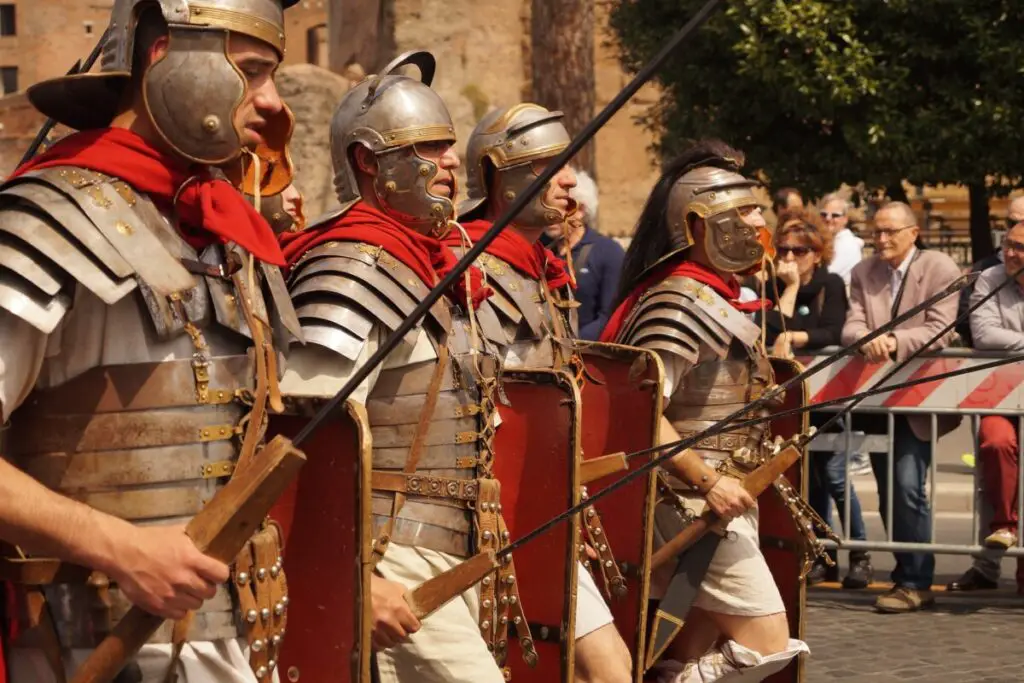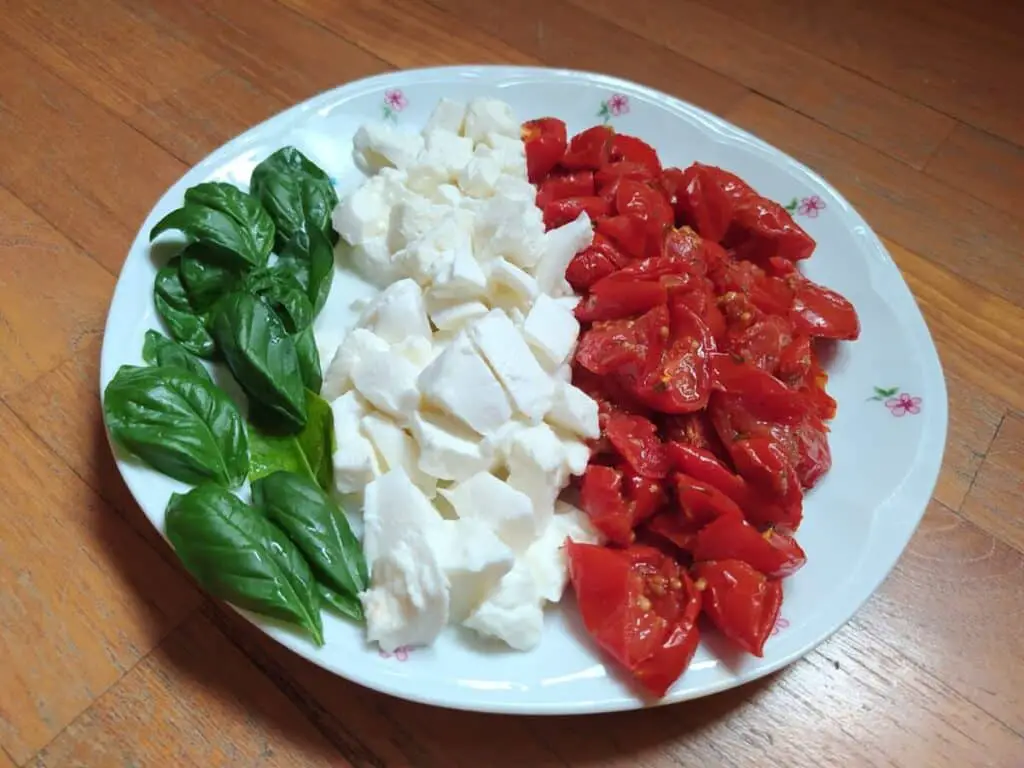Learners of Italian on Duolingo think that the Italian course is too short. Duolingo might be prioritizing languages which are spoken more widely around the world (e.g. Spanish) to attract a larger user base to the platform and increase their revenue through various income streams such as Duolingo Plus subscriptions.
In this article I will detail the contents of the Duolingo Italian course in comparison to other European languages. If you are considering learning Italian on Duolingo, or worry that the Italian course may be too short, this article is for you.
What is Duolingo?
Duolingo is one of the most popular language teaching platforms, and offers free language courses in a wide variety of languages. Duolingo is based on gamification, which is the use of fun, game-like features to maximise learner engagement, enjoyment, and drive to learn more.
Duolingo’s aim is to make language learning free to all, therefore making education accessible to everyone. In fact, Duolingo offers free language courses in a very large number of languages. with the specific aim to protect the “indigenous” and “endangered” languages.
Just how short is Duolingo Italian?
Italian is the sixth most popular language in Duolingo, with about 6.64 million learners.
A common complaint of students of Italian in Duolingo is that, despite the large size of users, the course has not been updated with the same standard of attention and care as other major languages, such as Spanish, French or German.
At the time of writing (spring 2022), the Duolingo Italian course consists of only four sections, 405 lessons and 66 skills. This is less than half the size of other top courses such as German, French and Spanish. The Italian course does not include audio lessons or podcasts, like some of the other courses.
| Number of: | ITALIAN | GERMAN | FRENCH | SPANISH |
|---|---|---|---|---|
| SECTIONS | 4 | 9 | 10 | 10 |
| LESSONS | 405 | 778 | 1260 | 1193 |
| CROWNS | 400 | 964 | 1404 | 1525 |
| SKILLS | 66 | 160 | 247 | 268 |
| LEVELS | 25 | 25 | 25 | 25 |
| LEXEMES | 2784 | 5190 | 6749 | 6447 |
| CONTRIBUTORS | 5 | 12 | 10 | 11 |
Note: a lexeme is a basic lexical unit of a language, such as “play”, which can inflect into “play-s”, “play-er” and so on. A lexeme can be one or several words. The table above includes a count of lexemes that you are exposed to within a given Duolingo course. Although this is not a unique count, and includes some repetitions, I have included it in the table because it is a useful measure of how large a Duolingo course is.
Duolingo users generally complain that Duolingo’s increased revenue through ads, paid subscriptions (Duolingo Plus), and other courses, have not translated into a consistent improvement in course quality across languages.
Some learners of Italian on Duolingo have proposed that, since the Italian language is not spoken outside of Italy in the same way as Spanish is spoken outside of Spain, Italian is being neglected by Duolingo staff.
How are Duolingo’s courses made?
Many of Duolingo’s courses used to be created by volunteers as part of what Duolingo called the Incubator Program which launched in 2013 and allowed Duolingo to build their base of courses at no cost and get the company off the ground.
Any volunteer was allowed to create a language course under the Incubator program, as long as they spoke the target language (the language that they were creating the course in) and the source language (the language from which the course was going to be taught).
The Duolingo incubator is currently particularly useful for those languages which don’t have as many speakers, as it allows any proficient speakers of that language to apply to contribute to a course.
In 2021, however, Duolingo transitioned to using paid course creators, when they can be recruited for a given language. This is because courses now are created in a more standardised way and with stricter standards, and therefore Duolingo felt that it is more fair to pay course creators, now that they are able to do so.
The large majority of Duolingo’s courses are, since 2021, under internal responsibility and developed by paid content creators who are competent in both the target and source languages.
Is Duolingo’s Italian course made by volunteers?
The Italian course is made by in-house, paid, Duolingo staff. The Italian stories in Duolingo were translated by volunteers, or course contributors. There are currently five course contributors for the Duolingo Italian course.
How long does the Italian tree take to complete?
All courses in Duolingo are structured in the form of a tree. A picture of a language tree can be seen below:

As a general rule, the Duolingo Italian tree can be completed within four to six weeks, if you practise daily and persevere with it. This is considerably quicker than other Duolingo courses, which usually take between 3 and 6 months to complete.
In order to feel confident and speak Italian at a conversational level, it is likely that you would need more practice and study on top of the Duolingo Italian tree.
How many sections are there in the Italian Duolingo course?
Each language course in Duolingo is divided into different sections.
At the time of writing (spring 2022), there are four course sections in Duolingo’s Italian course. This is much less than most other language courses in Duolingo such as German (nine section), French (ten sections) and Spanish (10 sections).

How many skills are there in Italian Duolingo?
Each Duolingo course contains a number of skills. A skill is a specific topic, such as phrases, animals, questions or adverbs, and can include a number of lessons.
As of spring 2022, there are sixty-six skills in the Italian Duolingo course. This is less than half the number of other comparable European languages, such as German (160 skills), French (247 skills) and Spanish (268 skills).

How many crowns are there in Italian Duolingo?
Each completed skill in a Duolingo course provides you with a certain number of crowns. Up to five crowns can be earned per skill. By digging deeper into a skill, you are able to earn more crowns. This allows for the flexibility of more advanced learners to get access to more complex exercises.
The Italian course in Duolingo includes a total of 400 crowns. This is less than half the German course (964 crowns) and less than a third of the French course (1408 crowns) and Spanish course (1525 crowns).
In order to unlock all the possible crowns, you have to complete any necessary levels in your language tree.
How many levels are there in Italian Duolingo?
The Italian course in Duolingo contains twenty-five levels, like all other languages in Duolingo.
The level you are at in your language depends on how many XPs you have earned. The acronym XP in Duolingo stands for Experience Point. These are points that you earn while learning in Duolingo by doing activities such as completing individual lessons, practising a skill or completing a story.

Finding out which level you are is not possible within Duolingo itself. However, the website Duome, created for passionate Duolingo users, allows you to check your level in a given language.
To check which level you are at, go to the address duome.eu/your Duolingo username. This is what you will see:

For each level that you achieve in Duolingo, you will earn a golden owl:

Duolingo Italian stories
Stories in Duolingo are short stories in the target language aimed at improving your reading and listening.
As of the time of writing (spring 2022), there are 51 stories in Duolingo Italian. You can earn 14 XPs to 16 XPs per story.
In order to unlock the first set of stories, either 10 crowns need to be earned, or checkpoint 1 needs to be completed. All stories in a set need to be completed to proceed to stories in the next set. Stories get more difficult as you progress through the sets.
Does Duolingo have an Italian podcast?
There is currently no Italian podcast in Duolingo, although users have applied to produce one, so it is possible that Duolingo may include this feature in the Italian course in the future.
In conclusion: is the Duolingo Italian tree too short?
Many people think that the Italian tree in Duolingo is too short and that it only provides basic-level knowledge of the Italian language. This becomes even more evident when the size of the Italian course is compared to that of other European languages.
Many Duolingo users, however, also appreciate the Duolingo Italian course as a quick way to get a general background in the Italian language.
Duolingo is a very useful tool for learning Italian, considering that it is free and available to all, and can provide you with a very good basis for further learning.
We recommend that you use Duolingo for your Italian learning in combination with other methods such as group or one-to-one tuition, grammar books, and independent reading and listening using books, TV and podcasts.






